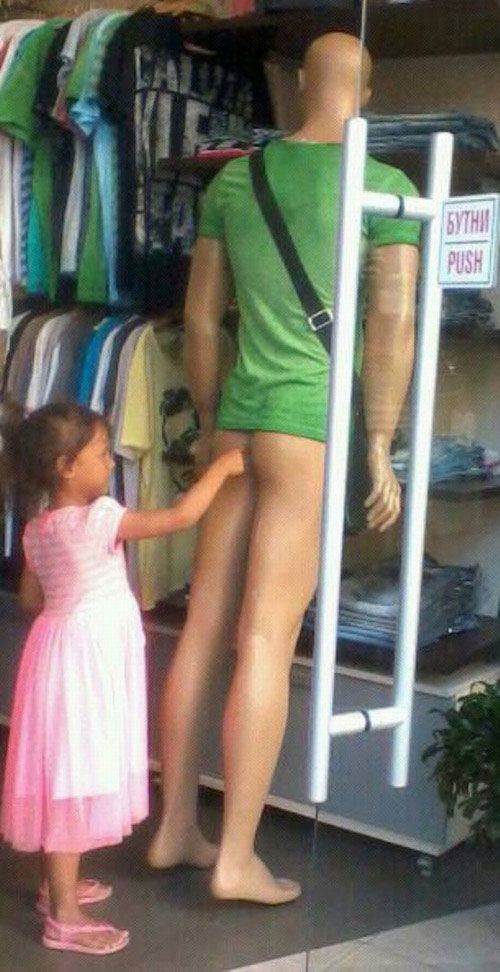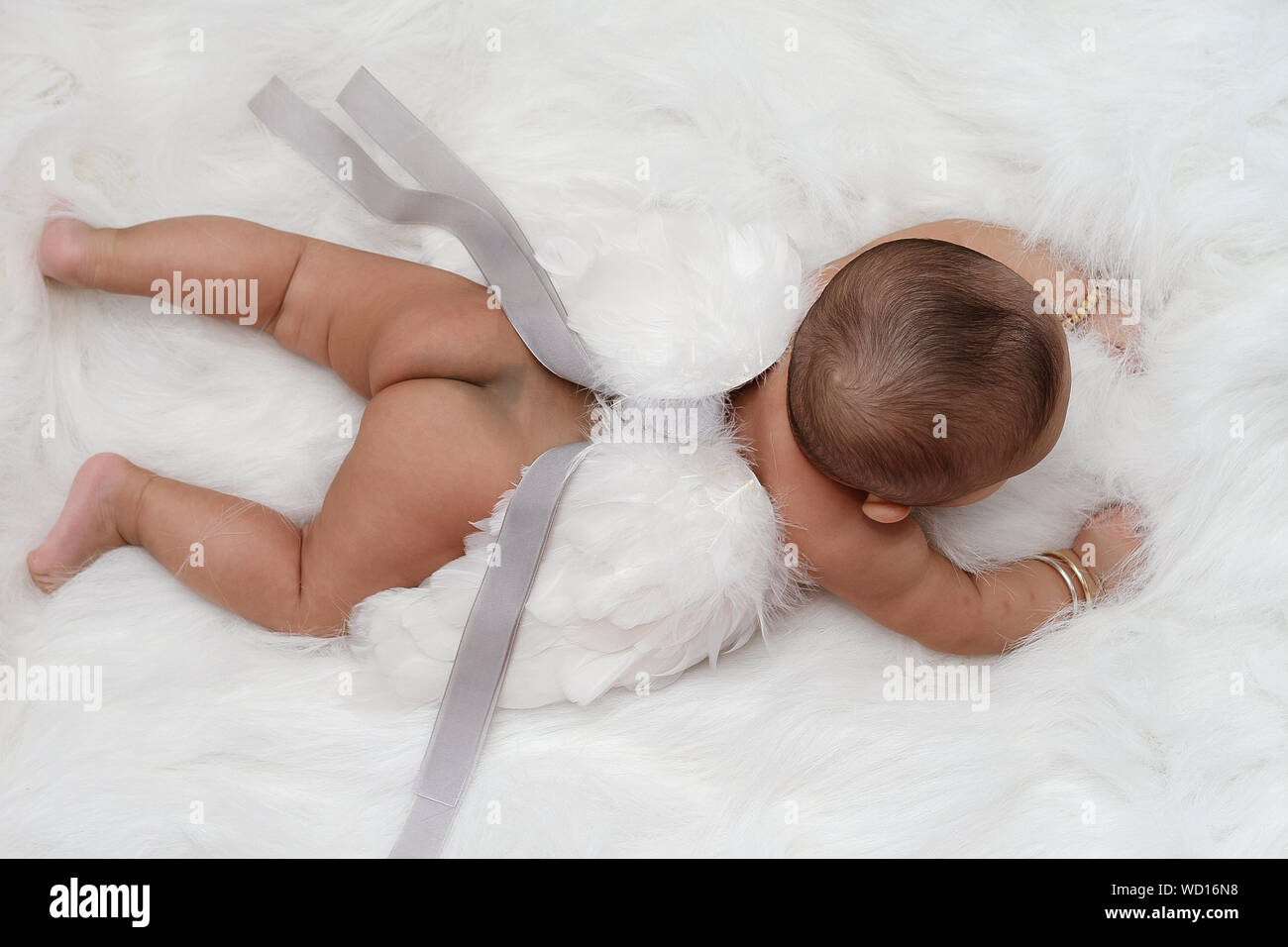
What are skin warts in children?
Back pain in children is not like back pain in adults. Compared to an adult, a child with a backache is more likely to have a serious underlying disorder. This article explains some common conditions that can cause back pain in children. Pain is usually mild and may radiate to the buttocks and legs. The pain feels worse with activity. 79 child butt stock photos are available royalty-free. Reset All Filters Asian child girl standing in front of the toilet bowl with holding her butt having hemorrhoids or rhypophobia in the bathroom,feel. Bacterial infections are the most common cause of boils on the buttocks. Staphylococcus aureus is usually the bacterium responsible for the boils. This bacterium often lives on the skin. 1,175 child buttocks stock photos, vectors, and illustrations are available royalty-free. See child buttocks stock video clips. Bum little girl bum kids bum baby bum naked children on the beach kids bums injection bottom legging from behind asian baby saliva naked toddlers.
Warts on the skin are harmless growths. They are caused by a virus. Warts can spread to other parts of the body and to other people.
What causes skin warts in a child?
Warts are caused by a type of human papillomavirus. Different types of warts are caused by different types of papillomavirus.
Which children are at risk for warts?

Rentenkasse. Warts are more common in children than adults, but they can happen at any age. A person is more at risk for warts if he or she has either of these:
Close contact with someone who has warts
A weak immune system
What are the symptoms of skin warts in a child?
Warts are usually not painful, except when one is on the bottom of a foot. There are many different types of warts. They each look different. The types of warts and their symptoms include:
Common warts. These usually have a rough surface. They are grayish-yellow or brown in color. They may be on the fingers, elbows, knees, or the face.
Plantar and palmar warts. These grow on the soles of feet or the palms of the hand. Groups of plantar warts are called mosaic. These warts may be painful.
Flat warts. These are small, smooth growths. They most often appear on children's faces.
Filiform warts. These are small, long, narrow growths. They usually appear on eyelids, lips, or the face or neck.
Periungual warts. These appear as thickened skin around the nails. They can cause painful splits in the skin (fissures).
Plantar Warts

This condition occurs when a virus enters the body through cuts or breaks in the skin and causes non-cancerous growths to build up on the soles of the feet. Plantar warts are not dangerous, but they can be painful and resistant to treatment.
How are skin warts diagnosed in a child?
The healthcare provider will give your child a physical exam. A healthcare provider will usually diagnose warts based on their appearance. He or she may use a small blade to scrape away the top layers. There may be black dots beneath the top layers. These are tiny blood vessels that have clotted. Your child's healthcare provider may recommend that your child see a skin specialist (dermatologist). The dermatologist may do a shave biopsy, although this is not commonly done. A very small amount of the wart is shaved and sent to the lab to be examined.
How are skin warts treated in a child?
Most warts go away in weeks or months with no treatment. Common warts can often be treated with over-the-counter products. Treatment of warts depends on:
How long they have been in place
Where they are on the body
What type of wart they are
How many of them are growing

Some treatment methods may cause pain and burning in the area treated. Talk with your child's healthcare provider about which treatments would cause the least pain and work best for your child. Treatment may include one or more of the below:
Putting salicylic acid or other medicines on the wart (topical irritants)
Freezing the wart with liquid nitrogen
Applying an electrical current to the wart (electrocautery)
Cutting out (excising) the wart
Removing the wart with laser surgery
What are the possible complications of skin warts in a child?
Warts may be difficult to treat and may return.
What can I do to prevent skin warts in my child?
Warts can spread to other parts of the body and to other people. It can be spread by skin to skin contact. It can be virus may be spread by towels or other personal items. You can help prevent the warts from spreading. Make sure your child:
Doesn't touch the wart to other parts of his or her body
Doesn't touch the wart to other people
Doesn't share anything that touches his or her wart, such as towels
Wears socks or slippers if he or she has warts on the bottom of the feet
When should I call my child's healthcare provider?
Call your child's healthcare provider if your child has warts that:
Pimples Children's Buttocks

What are skin warts in children?
Back pain in children is not like back pain in adults. Compared to an adult, a child with a backache is more likely to have a serious underlying disorder. This article explains some common conditions that can cause back pain in children. Pain is usually mild and may radiate to the buttocks and legs. The pain feels worse with activity. 79 child butt stock photos are available royalty-free. Reset All Filters Asian child girl standing in front of the toilet bowl with holding her butt having hemorrhoids or rhypophobia in the bathroom,feel. Bacterial infections are the most common cause of boils on the buttocks. Staphylococcus aureus is usually the bacterium responsible for the boils. This bacterium often lives on the skin. 1,175 child buttocks stock photos, vectors, and illustrations are available royalty-free. See child buttocks stock video clips. Bum little girl bum kids bum baby bum naked children on the beach kids bums injection bottom legging from behind asian baby saliva naked toddlers.
Warts on the skin are harmless growths. They are caused by a virus. Warts can spread to other parts of the body and to other people.
What causes skin warts in a child?
Warts are caused by a type of human papillomavirus. Different types of warts are caused by different types of papillomavirus.
Which children are at risk for warts?
Rentenkasse. Warts are more common in children than adults, but they can happen at any age. A person is more at risk for warts if he or she has either of these:
Close contact with someone who has warts
A weak immune system
What are the symptoms of skin warts in a child?
Warts are usually not painful, except when one is on the bottom of a foot. There are many different types of warts. They each look different. The types of warts and their symptoms include:
Common warts. These usually have a rough surface. They are grayish-yellow or brown in color. They may be on the fingers, elbows, knees, or the face.
Plantar and palmar warts. These grow on the soles of feet or the palms of the hand. Groups of plantar warts are called mosaic. These warts may be painful.
Flat warts. These are small, smooth growths. They most often appear on children's faces.
Filiform warts. These are small, long, narrow growths. They usually appear on eyelids, lips, or the face or neck.
Periungual warts. These appear as thickened skin around the nails. They can cause painful splits in the skin (fissures).
Plantar Warts
This condition occurs when a virus enters the body through cuts or breaks in the skin and causes non-cancerous growths to build up on the soles of the feet. Plantar warts are not dangerous, but they can be painful and resistant to treatment.
How are skin warts diagnosed in a child?
The healthcare provider will give your child a physical exam. A healthcare provider will usually diagnose warts based on their appearance. He or she may use a small blade to scrape away the top layers. There may be black dots beneath the top layers. These are tiny blood vessels that have clotted. Your child's healthcare provider may recommend that your child see a skin specialist (dermatologist). The dermatologist may do a shave biopsy, although this is not commonly done. A very small amount of the wart is shaved and sent to the lab to be examined.
How are skin warts treated in a child?
Most warts go away in weeks or months with no treatment. Common warts can often be treated with over-the-counter products. Treatment of warts depends on:
How long they have been in place
Where they are on the body
What type of wart they are
How many of them are growing
Some treatment methods may cause pain and burning in the area treated. Talk with your child's healthcare provider about which treatments would cause the least pain and work best for your child. Treatment may include one or more of the below:
Putting salicylic acid or other medicines on the wart (topical irritants)
Freezing the wart with liquid nitrogen
Applying an electrical current to the wart (electrocautery)
Cutting out (excising) the wart
Removing the wart with laser surgery
What are the possible complications of skin warts in a child?
Warts may be difficult to treat and may return.
What can I do to prevent skin warts in my child?
Warts can spread to other parts of the body and to other people. It can be spread by skin to skin contact. It can be virus may be spread by towels or other personal items. You can help prevent the warts from spreading. Make sure your child:
Doesn't touch the wart to other parts of his or her body
Doesn't touch the wart to other people
Doesn't share anything that touches his or her wart, such as towels
Wears socks or slippers if he or she has warts on the bottom of the feet
When should I call my child's healthcare provider?
Call your child's healthcare provider if your child has warts that:
Pimples Children's Buttocks
Children's Buttocks Rash
Are painful
As a tire dealer, tire grading is very important. It helps us to determine the value of a used tire that can be resold and/or the quality of a casing that can be retreaded. It can also help us to point out mechanical issues to clients that may require service in the near or distant future. Tire casings needed. Essentially, tire casings are the foundation upon which the tread sits. According to MichelinMan.com, the casing layer consists of threads crisscrossing from one side of the tire to the other. Tire casings are rated by how many threads they contain per inch. This is also known as TPI. The TPI affects the lifespan of the tires and how they perform. Tires with lower TPI resist punctures better, but higher TPI tires weigh less. The cost of casings.
Cause problems with normal activities
Are embarrassing
Key points about skin warts in children
Warts on the skin are harmless growths. They are caused by one of the human papillomaviruses.
Warts are more common in children than adults, although they can develop at any age.
There are many different types of warts with different appearances.
Most warts go away, without treatment, but it may take weeks or months.
Warts can be treated with over-the-counter medicines. Other treatments may be prescribed by your child's healthcare provider.

